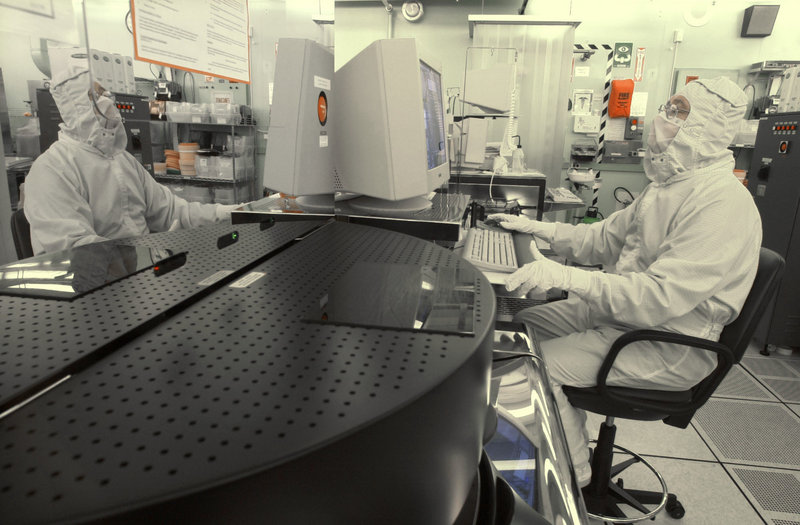WASHINGTON – Regulators are proposing that food companies that want to use tiny engineered particles in their packaging will have to provide extra testing data to show the products are safe.
The Food and Drug Administration issued tentative guidelines Friday for food and cosmetic companies interested in using nanoparticles, which are measured in billionths of a meter. Nanoscale materials are generally less than 100 nanometers in diameter. A sheet of paper, in comparison, is 100,000 nanometers thick. A human hair is 80,000 nanometers thick.
Nanoparticles are increasingly showing up in FDA-regulated products like sunscreens, skin lotions and glare-reducing eyeglass coatings. Some scientists believe the technology will one day be used in medicine, but the FDA’s announcement did not address that use.
The draft guidance suggests the FDA will require food companies to prove the safety of any packaging using nanotechnology.
Under longstanding regulations, companies aren’t required to seek regulatory approval before launching products containing established ingredients and materials, such as caffeine, spices and various preservatives.
But FDA officials said Friday that foods and packaging containing nanoparticles would require more scrutiny.
“In terms of the science, we think it’s likely the exemption does not apply and we would encourage folks to come in and talk to us,” said Dennis Keefe, head of FDA’s office of food additive safety.
Keefe said companies are studying whether nanoparticles can reduce the risk of bacterial contamination in certain foods. He said the agency is aware of just one food package currently on the market that uses nanoparticles but did not identify it. He said more are expected in coming years.
The FDA has previously stated its position that nanotechnology is not inherently unsafe; however, materials at the nano scale can pose different safety issues than do things that are far larger.
“We’re trying to get ahead of the curve to ensure the ingredients and substances are safe,” Keefe said.
In a separate guidance, the FDA laid out suggestions for the use of nanotechnology in cosmetics, a practice in use since the 1990s. Nanoparticles are used in skin moisturizer, mineral makeup and other cosmetics.
The FDA has less authority over cosmetics than food additives. Generally, the FDA does not review cosmetics before they launch, and companies are responsible for ensuring the safety of their products.
The FDA will take comments on both proposals for 90 days. There is no deadline for finalizing the documents.
Send questions/comments to the editors.



Success. Please wait for the page to reload. If the page does not reload within 5 seconds, please refresh the page.
Enter your email and password to access comments.
Hi, to comment on stories you must . This profile is in addition to your subscription and website login.
Already have a commenting profile? .
Invalid username/password.
Please check your email to confirm and complete your registration.
Only subscribers are eligible to post comments. Please subscribe or login first for digital access. Here’s why.
Use the form below to reset your password. When you've submitted your account email, we will send an email with a reset code.